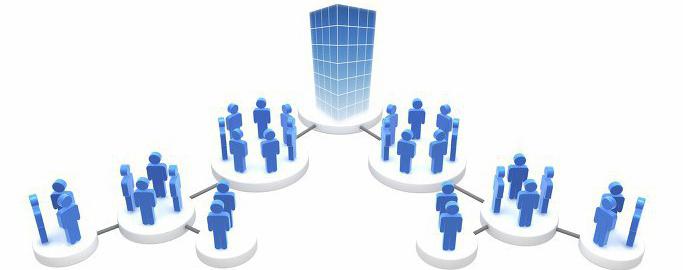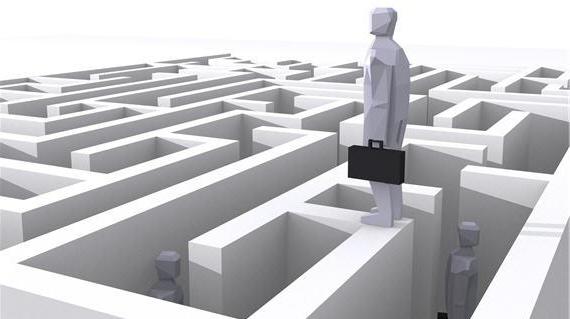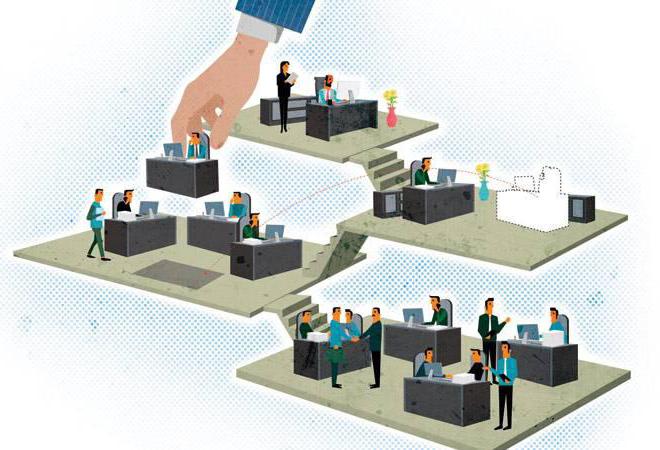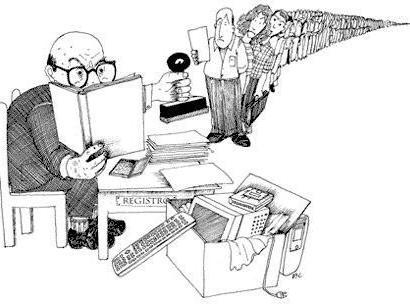Each person, without exception, at least once in his life encounters the concept of bureaucracy, and, most often, it is described in a negative way, associating it with the inaction of officials and a pile of paper documents. In this article we will try to uncover the true concept of bureaucracy, consider bureaucratic theories and its main types that are found in the modern world.
Basic concept
Bureaucracy is a classification of managers located in the organizational structure of an enterprise. Their work with an unshakable and clear hierarchy is built on the basis of vertical information flows and formalized methods for solving professional problems.

This term also extends to the organizational management system of government bodies, which aim to maximize their own functions when working with departments and institutions that are in an extensive structure of the executive branch.
When studying the concept of bureaucracy, the following objects of analysis are distinguished:
- Arising contradictions in the implementation of management.
- The labor process itself as a management.
- The interests (personal and social) of various groups that are directly involved in the bureaucracy.
Theory of bureaucracy by Max Weber
The author of the theory, economist, sociologist and historian M. Weber, devoted a lot of time to the study of the phenomenon of bureaucratization. But the appearance of the term “bureaucracy” is a merit of the economic figure Vincent de Gournais. He introduced this concept in due time in order to designate the executive branch. And thanks to Weber, the theory of bureaucracy began its path of study. 
Scientists were offered the following principles of the concept of bureaucracy:
- hierarchy in the construction of an enterprise or organization;
- hierarchical orientation of orders;
- subordination of an employee of a lower level to a superior, and responsibility of a superior for the actions of his subordinates of a lower level;
- division and specialization of labor by functional;
- career advancement based on experience and skills that are measurable using certain standards;
- communicative orientation system.

Weber also singled out such a concept as rational bureaucracy, which can be characterized as follows:
- The emergence of highly professional workers, thanks to a clear division of labor.
- A clear stepwise (hierarchical) submission system.
- General formal rules and standards that ensure the uniqueness of tasks.
- Fulfillment of prescribed duties by persons, regardless of the quality and individual characteristics of the employee.
- Admission and dismissal of employees on the basis of qualification requirements and reasons.
Merton's theory of bureaucracy
But the sociologist Merton believed that the modern concept of bureaucracy is to shift the main emphasis from the goals of the organization or enterprise to its means, which, as a result, slows down the process of achieving certain goals.
As Merton noted, most often difficulties in bureaucratic structures arise due to the exaggeration of the meaning of norms, procedures, and rules. The following negative social features of a bureaucratic form of government can be distinguished:
- ignoring human nature;
- estrangement from other people;
- restriction on the expression of one’s own views, which are especially contrary to the general way of thinking;
- opportunism;
- submission of personal goals of employees to the goals of the enterprise;
- lack of informal interpersonal relationships.
Types of bureaucracy: classic or hardware bureaucratic system
Three main types of bureaucracy should be distinguished: classical, professional, and adhocracy.
Classical bureaucracy is a type of management workers who, to a limited extent or even completely, do not use professional skills, since their duty is to perform limited managerial functions. This type is most often found in ministries and institutions of senior management. Typically, such institutions are not amenable to changes from the external environment. 
Professional bureaucratic system
Professional bureaucracy is a type of managers who base their work on practical knowledge and theoretical aspects in the narrow areas of their activity. Moreover, such managers are limited by role requirements in the institution.
Adhocracy
Adhocracy is a form of management consisting of employees of an organization who are highly professional in fulfilling their duties. Usually, with adhocracy, a group of specialists efficiently and quickly solves the tasks in accordance with a specific situation.
The main difference between adhocracy and the ideal model of bureaucracy that Weber singled out is that it does not have a strict separation of labor activity and minimizes the formalization of relations and activities.